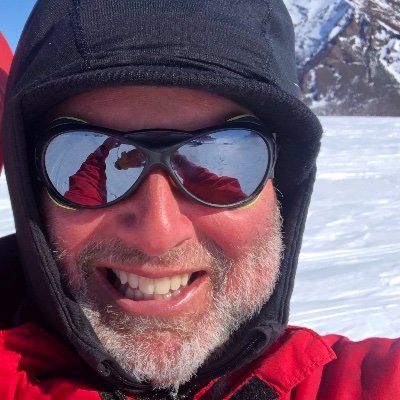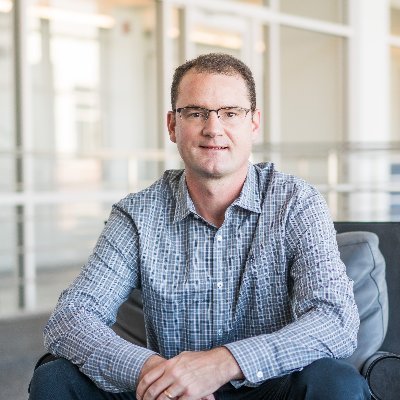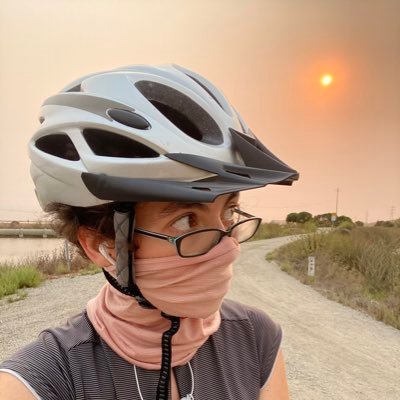
Xianjun Dong
@sterding
Followers
77
Following
128
Media
1
Statuses
66
Assistant Professor at Harvard Medical School, Director of Genomics and Bioinformatics at Brigham and Women's Hospital
Boston, MA
Joined September 2009
Excited that our paper "CellCharter reveals spatial cell niches associated with tissue remodeling and cell plasticity" is finally out! 🎉 A spatial clustering method for any type of spatial proteomics, transcriptomics, or even epigenomics data! https://t.co/CuI1X3UpsE
nature.com
Nature Genetics - CellCharter is a flexible, platform-agnostic method for identifying cell niches in spatially resolved data. Analysis of lung cancers demonstrates the importance of considering...
5
30
121
Learn more about the teams that make up our Collaborative Research Network here:
parkinsonsroadmap.org
0
5
14
We are hiring a Computational Biologist. Please help to spread.
0
1
2
“It first struck me how different it was when I saw my first coronavirus patient go bad. I was like, Holy shit, this is not the flu. Watching this relatively young guy, gasping for air, pink frothy secretions coming out of his tube.” https://t.co/Pd2WmIQoXj
propublica.org
“It first struck me how different it was when I saw my first coronavirus patient go bad. I was like, Holy shit, this is not the flu. Watching this relatively young guy, gasping for air, pink frothy...
145
3K
5K
At least 5C need for success in science: curiosity, challenge, concentration, confidence, continuing (despite failures).
What qualities do you need to be a successful scientist? 2018 Medicine Laureate Tasuku Honjo shares what he believes are the "three c's": curiosity, courage, challenge. #NobelPrize
4
10
29
A highly recommended resource for learning Bioinformatics
I am teaching Applied Computational Genomics (geared towards early stage graduate students) again this semester. I am slowly updating the slides and posting recordings to youtube. https://t.co/4w7sVfmGiB
0
1
5
I am teaching Applied Computational Genomics (geared towards early stage graduate students) again this semester. I am slowly updating the slides and posting recordings to youtube. https://t.co/4w7sVfmGiB
github.com
Applied Computational Genomics Course at UU: Spring 2020 - quinlan-lab/applied-computational-genomics
28
274
988
Wonderful to see that CAGE is useful to identify enhancers in dopaminergic neurons, linking genetic variation to neuropsychiatric traits.
nature.com
Nature Neuroscience - The BRAINcode consortium found that tens of thousands of transcribed noncoding elements (TNEs) from the ‘dark matter’ of our genome are active in dopamine neurons....
0
2
8
In biology, enhancers are region of DNA that are bound by proteins to increase the likelihood of gene transcription. Recently researchers found enhancers active in dopamine neurons that link genetic variation to specific conditions, including #Parkinsons
https://t.co/ltyjn4aoUz
0
1
1
Our paper is online! Check this nice piece of work. Thanks for all co-authors and collaborators!
nature.com
Nature Neuroscience - The BRAINcode consortium found that tens of thousands of transcribed noncoding elements (TNEs) from the ‘dark matter’ of our genome are active in dopamine neurons....
2
1
2
Thanks for the explainer! You got the point :)
@BenSaunders This is exciting because it ascribes a functional role to these GWAS hits for the first time, and opens the door for future discovery and characterization of what these enhancers do (which genes they regulate, how the work at the mechanistic level, how they can be regulated, etc)
1
0
2
Following #BoG18 on twitter, def seeing recurring themes (🐶🐕🐩😍). Where is all this science happening? To entertain you during lunch: an app to map words in ALL abstracts to ALL authors’ affiliations. https://t.co/1kNYr2dagU tbh it’s beautiful how international #BoG18 is.
1
16
22
First pass on all "Advanced #rstats" OO chapters (intro, base, S3, S4, R6, trade-offs) now up at https://t.co/z2GEAhE5r9. Feedback welcomed!
adv-r.hadley.nz
A book created with bookdown.
8
139
419
















